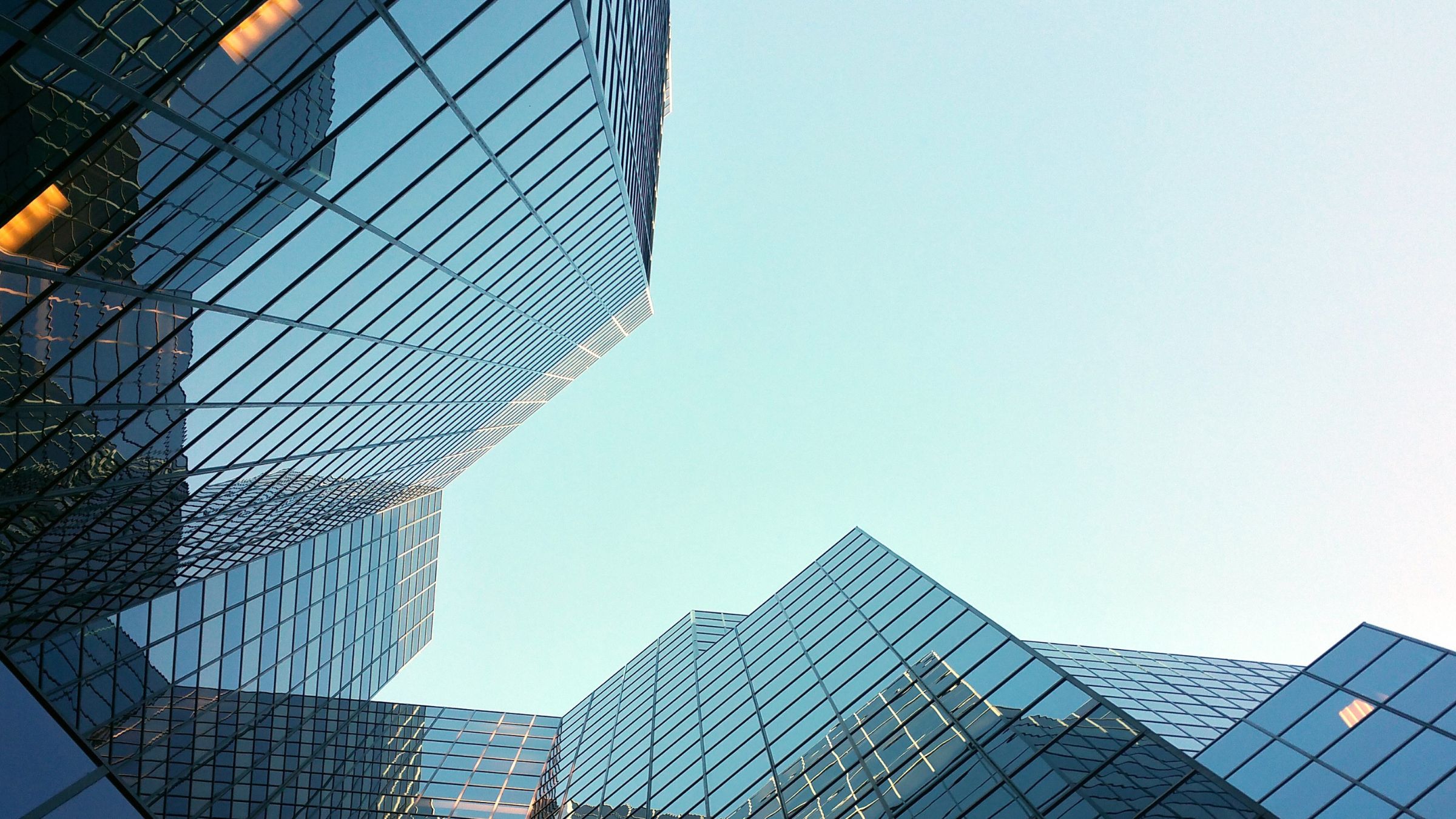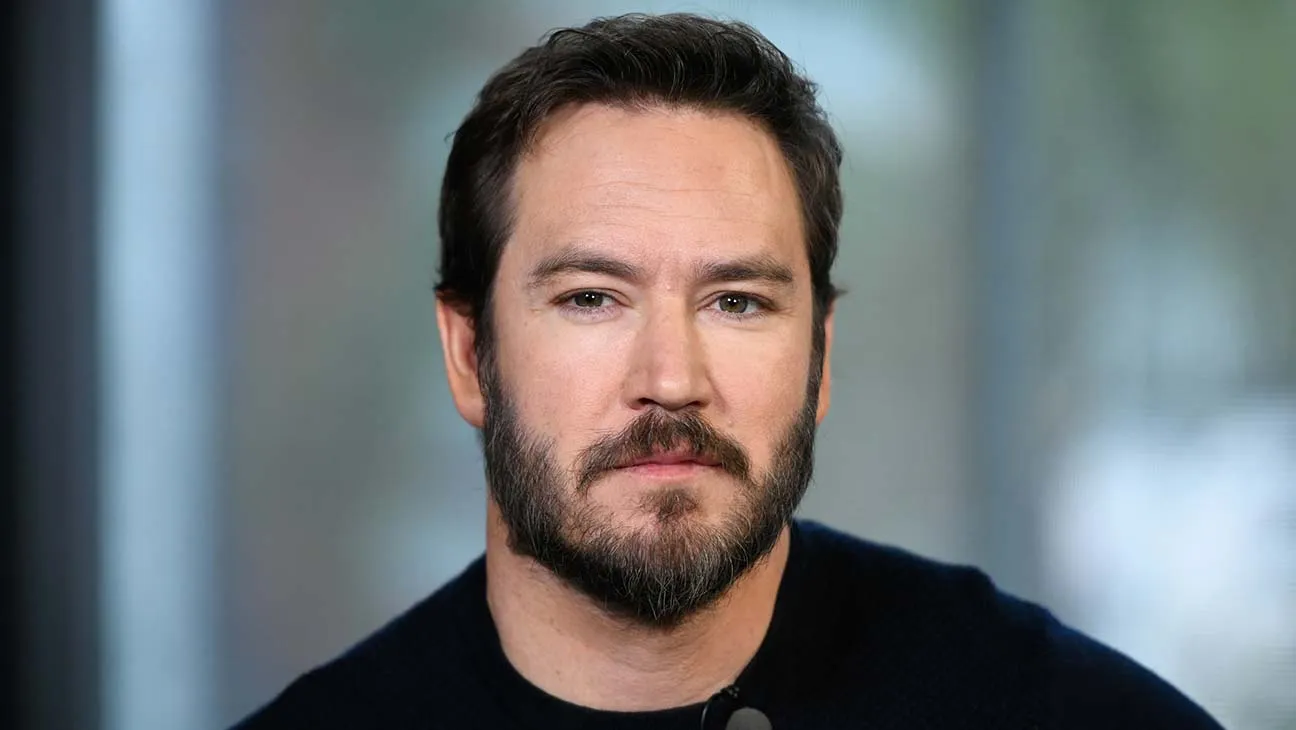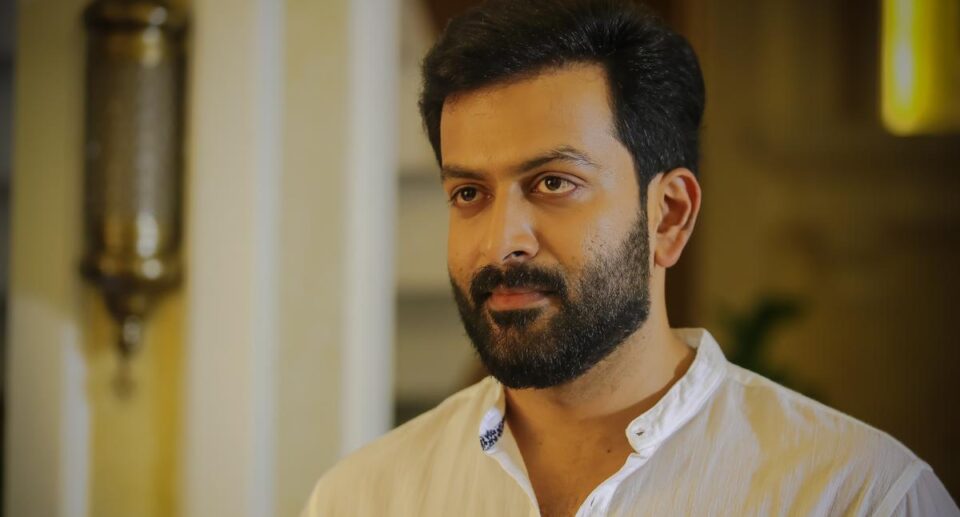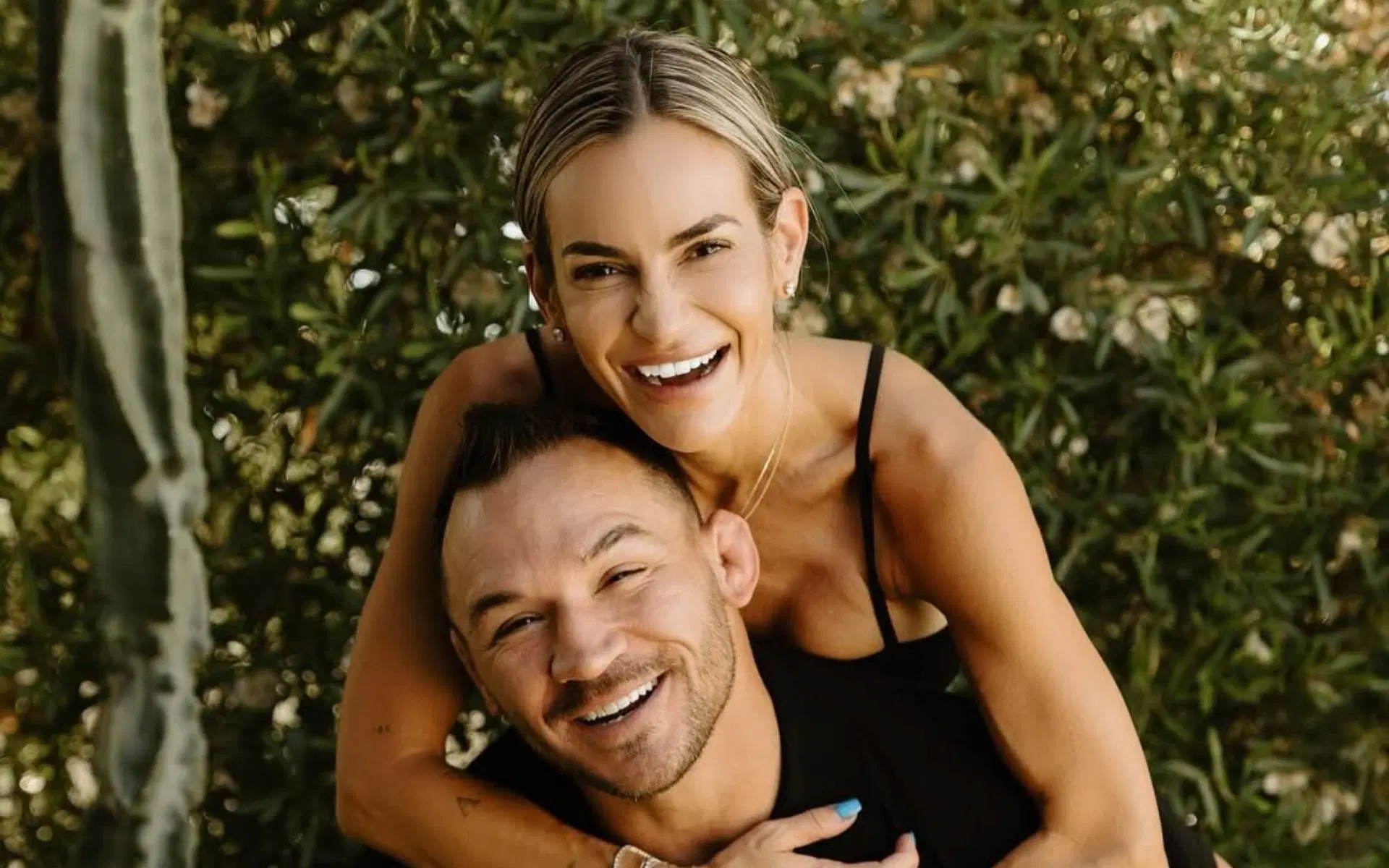Raftaar Net Worth 2025: A Stunning Rise

Dilin “Raftaar” Nair—soldier-turned-emcee—has become one of India’s most versatile and trailblazing music icons. Once a dancer and street performer, he rose to fame through hip-hop battles, Bollywood chartbusters, TV judging, brand-building, entrepreneurship, and more. In 2025, his net worth is estimated to stand between ₹210–250 crore (USD 25–30 million)—a figure rooted in diverse revenue streams spanning music, film, endorsements, production, digital content, live shows, and smart investments. This article explores ten pivotal reasons that underpin Raftaar’s remarkable financial evolution.
Why Are Streaming Royalties the Unshakable Core?
Raftaar’s extensive music catalog—featuring everything from hardcore rap to club bangers and Bollywood hits—ensures his presence across all major streaming platforms. Tracks like Swag Mera Desi, Dilli Waali Baatcheet, and Naachne Ka Shaunq consistently earn millions of plays on Spotify, JioSaavn, Gaana, Apple Music, and YouTube. This catalog continues to perform year after year, making it a consistent source of digital income.
From just Spotify and JioSaavn alone, Raftaar is estimated to earn around ₹8–12 crore annually. On YouTube, his music videos generate significant ad revenue, bringing in another ₹6–10 crore each year. These platforms require no touring or promotion once content is live, making them incredibly efficient money-makers.
In addition to plays and views, licensing deals for advertisements, films, or mobile games bring in ₹2–3 crore annually. Altogether, these revenue channels contribute approximately ₹16–25 crore per year, forming the backbone of his financial empire with minimal upkeep.
Why Are Live Performances a Multi-Crore Goldmine?
When Raftaar hits the stage, he brings raw energy and authenticity that roars with thousands of fans. His live circuits include college festivals, music tours across India and abroad—Canada, UK, UAE—as well as club residencies and guest spots.
- Ticket revenue & show fees: ₹15–20 lakh per show
- Annual gigs: 30–40 shows
- Sri-ke revenue: ₹10–15 crore
Live shows are Multichorse drivers. Corporate sponsorships, brand tie-ins, VIP packages, fan engagements, and YouTube live streams further amplify income—all while reinforcing music catalog consumption and screen presence.
Why Are Bollywood Compositions & Playback Singing So Profitable?
Raftaar’s crossover into Bollywood has significantly amplified his earnings. He has not only performed but also written and produced major hits like Swag Se Swagat, Malang, and Tareefan. For each project, he commands ₹30–60 lakh per song, depending on the scale and platform. These placements enhance his credibility while unlocking mass exposure through cinema.
The backend is just as lucrative. He earns ongoing royalties from platforms like YouTube, radio, and OTT streaming, contributing an estimated ₹2–4 crore annually. This dual-income structure—front-end payments and long-term residuals—makes Bollywood one of the most stable and scalable income streams in his financial framework.
Why Is TV & Brand-Driven Visibility Adding Value?
Raftaar’s role as a TV personality has played a critical part in expanding his brand. As a judge or mentor on shows like Hunarbaaz, MTV Hustle, and India’s Got Talent, he earns ₹20–40 lakh per episode, adding up to ₹4–6 crore annually through television appearances.
More than just income, these roles fuel his public visibility and boost his brand appeal. His presence on prime-time TV elevates his negotiating power for music deals, brand endorsements, and live shows—turning visibility into tangible financial leverage.
Why Does Label Ownership Maximize Margins and Brand Power?
Raftaar co-founded Boom Boom Rap, a label that signs artists, releases albums, and launches music videos. It serves as a launchpad for his own work and helps collate copyrights and revenue streams.
- Label profits: ₹8–10 crore per year
- Catalog control: higher royalty cut for streaming/licensing
- Artist collaboration cut: adds to profitability
Owning a label ensures greater financial control, creative direction, and residual income—securing a revenue pipeline even as Raftaar evolves beyond his music career.
Why Is Fashion & Lifestyle Entrepreneurship Expanding His Reach?
Raftaar understands style is synonymous with brand and youth culture. He has launched lifestyle products tied to his image.
- Clothing labels: urban streetwear, caps, tees, jackets
- Signature accessories and limited merchandise
- Revenue: ₹5–7 crore annually
These lifestyle products deepen fan loyalty and tap into direct sales—turning cultural capital into commerce while reinforcing his identity beyond music.
Why Is Overdose Productions Powering His Next Wave?
Through Overdose Productions, Raftaar invests in music videos, digital shorts, podcasts, and indie film scripts. Collaborating with OTT platforms and social networks, these ventures gain traction:
- Annual production investment: ₹7–10 crore
- Upside potential from breakout hits and licensing
- Reinvestment in IP and content portfolios
Production delivers diversified income and future IPO-worthy content rights, placing him in the value chain beyond performer to producer and aggregator.
Why Is Philanthropy Elevating His Brand Resilience?
Raftaar champions causes like mental health, education, social justice, and underprivileged youth upliftment. He hosts benefit concerts and donates proceeds, often generating ₹1–2 crore for non-profit efforts annually.
Though not immediately profitable, these acts build societal resonance, deepen emotional connection with fans, and increase alignment with socially conscious brands—boosting goodwill and long-term brand value.
Why Are Real Assets and Smart Equity Moves Securing Wealth?
Raftaar has strategically deployed his income into hard asset and equity holdings:
- Real estate: luxury homes and rental properties worth ₹50–60 crore
- Car and bike collection: ₹8–10 crore
- Tech equity: audio-tech, fitness, media startups valued at ₹5–7 crore
These investments generate rental income, appreciation, and passive investment returns—eliminating dependence on entertainment volatility and building a stable financial foundation.
Why Does Financial Discipline and Future-Focused Strategy Matter?
Raftaar approaches his wealth with the mindset of a seasoned entrepreneur. He consistently reinvests 40–50% of his income into music catalogs, production ventures, real estate, and equities—prioritizing scalable, long-term value over flashy, short-term spending. He also keeps enough liquidity on hand to seize new opportunities, such as acquiring song rights or funding original content.
Behind the scenes, he relies on a dedicated financial team to handle taxes, compliance, and strategic planning. By continually growing his intellectual property portfolio, Raftaar ensures his income streams mature even when he isn’t performing. This disciplined, future-ready approach makes him more than just a music star—it makes him a self-made, legacy-focused business force.
Conclusion
Raftaar’s career arc—from street rapper to pop icon, Bollywood hit-maker, TV judge, producer, and entrepreneur—has generated a net worth of ₹210–250 crore by 2025. His wealth model is built on: streaming royalties; live shows; Bollywood placements; TV presence; label ownership; merchandise; production ventures; philanthropy; asset management; and disciplined finances.
Each revenue stream strengthens the others. Streaming success fuels touring, which fuels brand partnerships, which funds production and investments. Television visibility maintains relevance, while smart savings secure longevity. This virtuous ecosystem ensures Raftaar’s financial rise is not a flash—it’s an evolution.
With continued creativity, strategic expansion, and evolving content rights, his net worth could swiftly move toward the ₹300–350 crore range in the next few years. He’s not just India’s rap superstar—he’s rapidly becoming its most visionary modern entertainer-entrepreneur.








